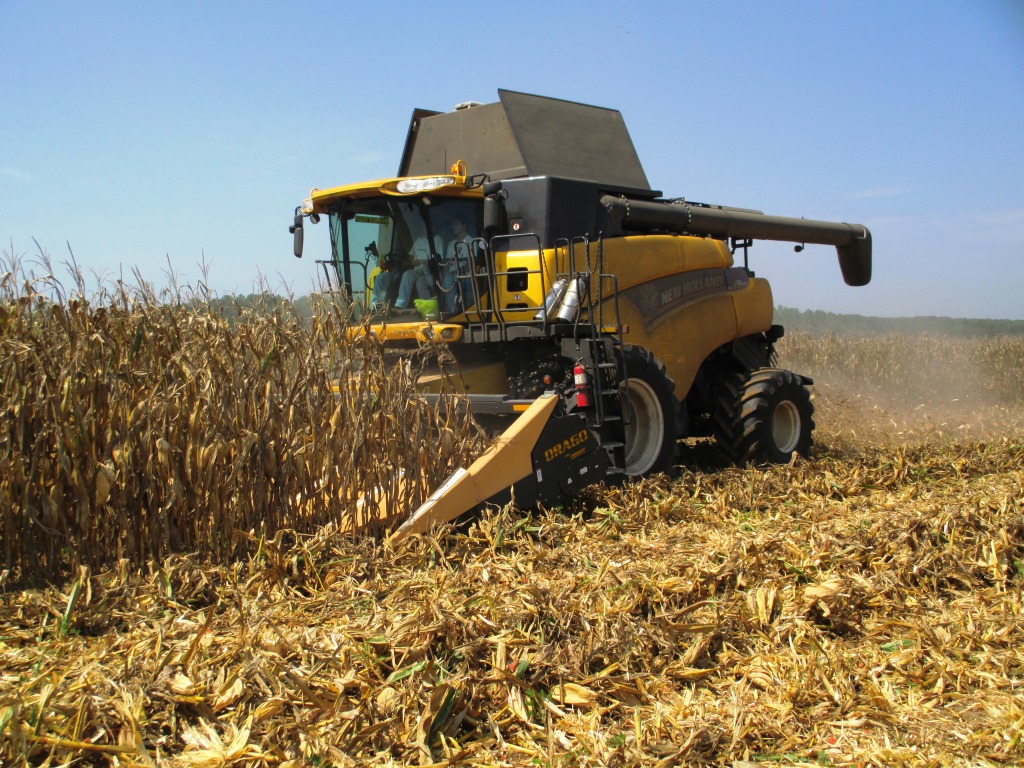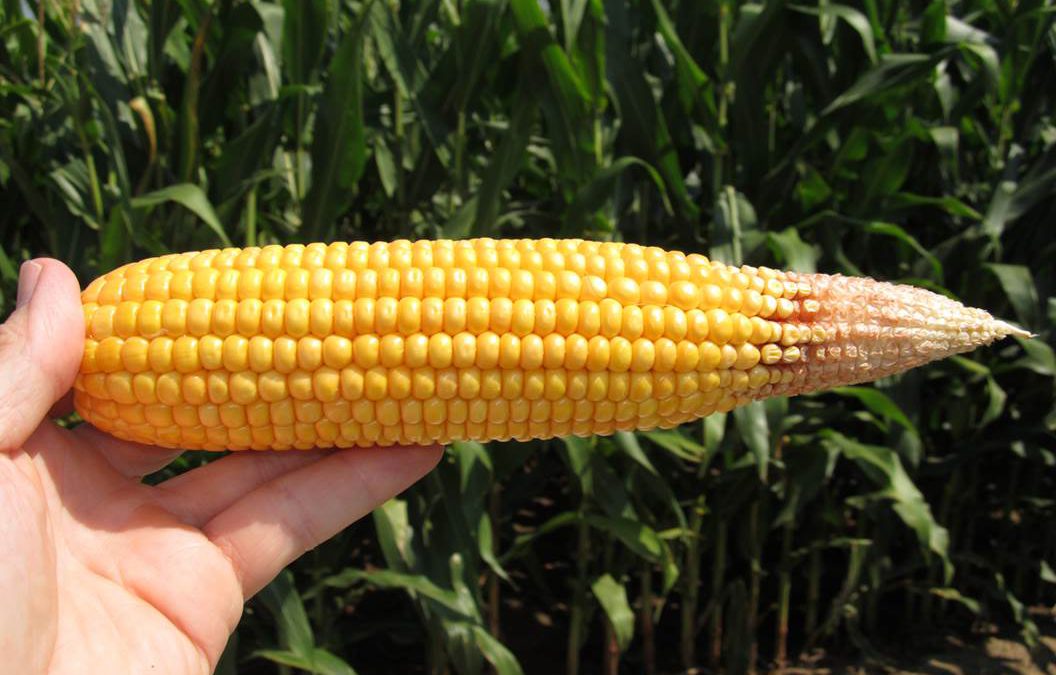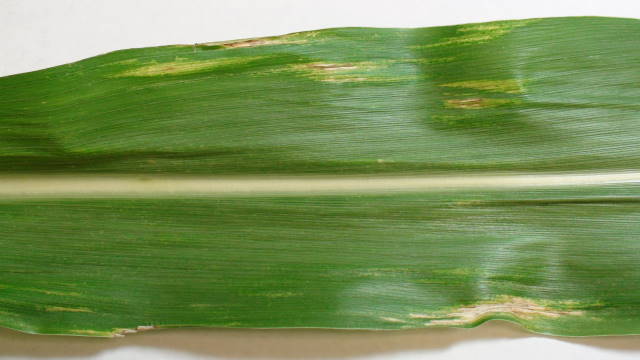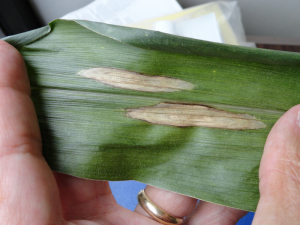
by Josh Thompson | Aug 9, 2013
The relentless rain in July had many corn growers in the Panhandle wondering if it would ever stop long enough to harvest their corn crop. Finally, growers in Jackson County have gotten some relief and have started to harvest their earliest planted fields. Irrigated...

by Doug Mayo | Jul 26, 2013
Source: Mississippi Crop Situation Erick Larson, State Extension Specialist Why did the Kernels near the Ear Tip not Fill? Incomplete kernel set is something you can’t ignore when you start peeling back husks to evaluate your corn crop this time of year. Often times...

by Doug Mayo | Jun 28, 2013
The University of Florida database of fact sheets called EDIS (Electronic Data Information Source) has many publications of interest to farmers and ranchers in Northwest Florida. http://edis.ifas.ufl.edu Each fact sheet has a PDF or printer friendly link in the top...

by John Doyle Atkins | Jun 28, 2013
Thrips are most noticeable, and of greatest concern on corn at two periods during the growing season: on young seedling plants, and at ear formation. On seedling plants their feeding makes the plants look stunted. At ear formation, thrip injury to developing kernels...
by Libbie Johnson | May 23, 2013
Lingering cool springtime temperatures have been a pleasure for farmers and fieldworkers, but some local corn fields have not fared as well. Below are a few photos from an irrigated field in the western panhandle which had as much attention a corn field could get. The...

by Josh Thompson | May 10, 2013
Rome Ethredge, extension agent in Seminole County Georgia, this week reported incidence of Northern Corn Leaf Blight (NCLB), as did Jake Price in Lowndes County Georgia. This is a fungal disease that can reduce corn yields and is most likley to be found in...






